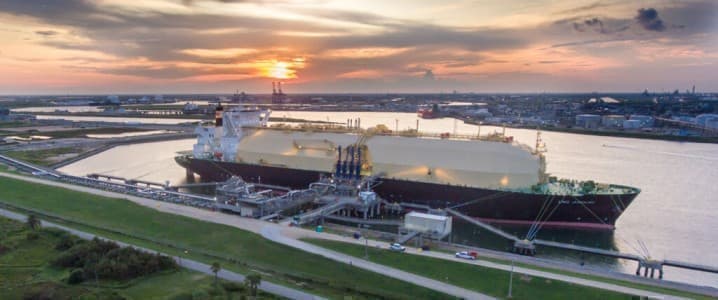Oil & Gas
The Panama Canal is Key to American LNG.
Irene Jerry

Severe Drought Affects LNG Shipments through Panama Canal, U.S. Producers Seek Alternatives Low water levels caused by severe drought led to extended wait times for LNG carriers in March. The Panama Canal, facing reduced transit capacity, is now discussing solutions with U.S. LNG producers to meet rising demand as water levels improve.
In the first quarter of 2024, S&P Global reported that a record number of U.S. LNG cargoes, totaling nearly 1.6 million metric tons, reached Asia via the Cape of Good Hope, bypassing the Panama and Suez canals due to challenges. Only 14 cargoes passed through the Panama Canal during this time, down from 40 in 2022, highlighting the impact of the drought on shipping routes.
Corey Grindal, COO at Cheniere Energy, the largest U.S. LNG producer, explained, "We use the canal when it is economical to do so, right now it is not." The Panama Canal is now in talks with U.S. LNG producers to accommodate increased demand as water levels recover, with plans to build water reservoirs to address future shortages.
Despite Europe being the largest market for U.S. LNG exports, Cheniere sees potential in Asian markets, especially China, which is expected to significantly increase imports in the future. Last year, the U.S. became the world's largest LNG exporter, surpassing Qatar, with further growth predicted by the U.S. Energy Information Administration.
The European Commission's proposed sanctions on Russia's LNG sector could further boost U.S. LNG exports to Europe, as the continent seeks to reduce its reliance on Russian gas.
